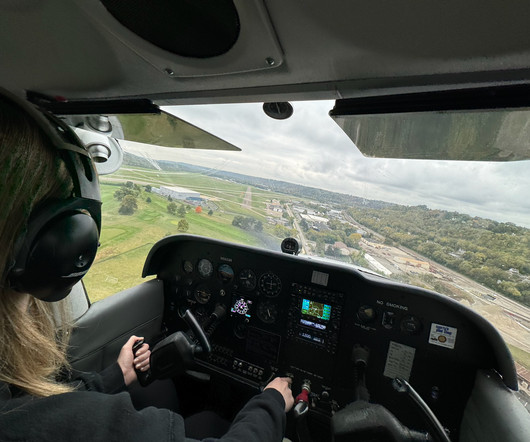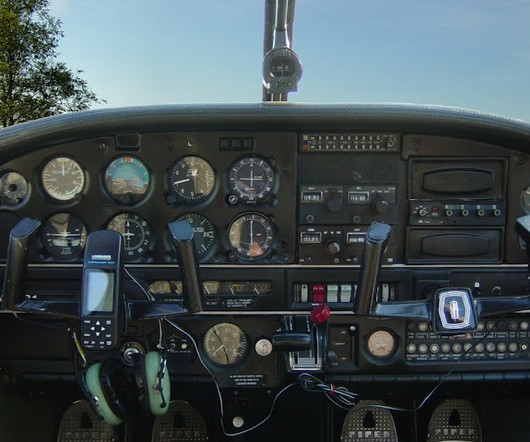What NTSB Reports Say About Impossible Turns and Angle of Attack (Part II)
Air Facts
SEPTEMBER 13, 2024
The instructor wrote, “As far as my proficiency with the existing weather conditions, I was comfortable, current, and proficient. When power was added, there were brief pitch oscillations before the plane departed the left side of the runway, as if P-factor and lack of right rudder input were present.











Let's personalize your content